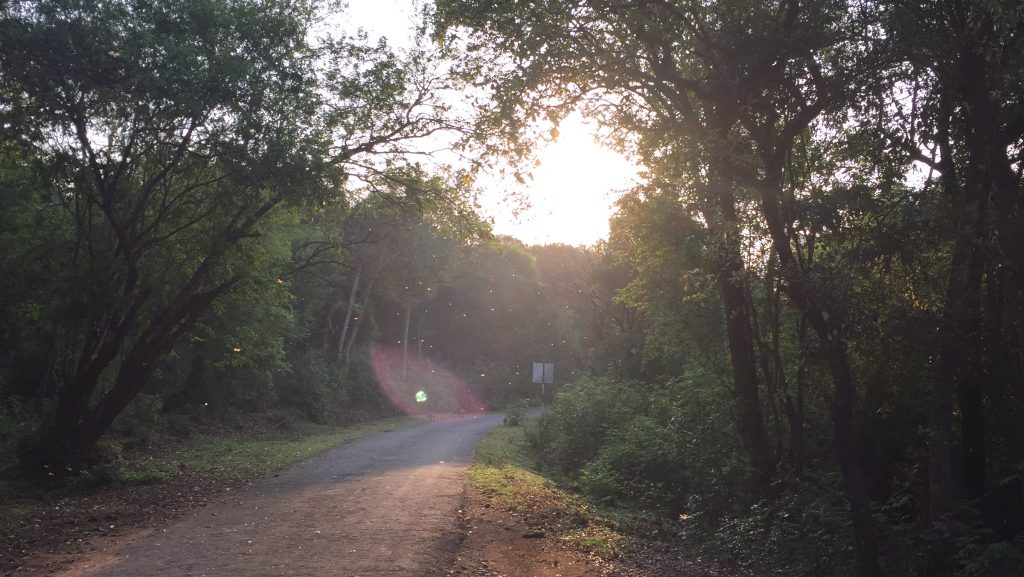Guided by the Light
By J. Henry Pero
In many ways the role of the researcher is like that of an ancient astronomer. Both look up at millions of points in an infinite expanse hoping to find a way to rationalize them. We stich lines between ones that stick out to us, creating familiar images to share with the world. Praying that everyone can use them to guide their course, we draw links that do just that for us. But who are we to say which stars ought to shine brightest, or which figures resonate most? Dare we not present our constellations as the only ones out there. That said, we still seek to kindle a little universality in our world.

As we enter this final phase of the NFLC, we must ask ourselves how one even begins to present his or herself as an authority on a subject. Just because I spent three weeks in a tiger reserve doesn’t mean I could tell you how best to defend yourself when cornered by the majestic beast. Heck, I didn’t even see one. And yet, I am posed with the task of having to explain life in Sathyamangalam – a life I could never know with completion even if I spent a decade there. I can only say what I saw, and why one must thirst to see more.
But coming out of the field, some of us do not even feel equipped to say what we witnessed. So for the past few days, each of us has stared at hundreds of pages of field notes, spreadsheets, questionnaires, maps, and reference articles trying to make sense of our observations in the Nilgiris. We have tirelessly organized what presented itself to us in hopes for even the smallest light bulb to illuminate our path to understanding. Only the possibility that we may forge a beacon of light for the communities with which we have engaged keeps us going.
But this noble charge could potentially hurt more than it helps. Certainly our research partners have an inherent bias favoring their origins in tribal communities of the Nilgiris. And in recognizing the awesome privilege of interacting with villages in Sathyamangalam Tiger Reserve as well as the historic injustices cast upon them, I cannot help wanting to paint them as protagonists in my narrative. But in organizing our data, my partner and I must resist this urge. We must include in our analysis observations from the field that present truth as opposed to opinion. And though the mere act of choosing what is relevant to report entails personal preference, we must do our best to minimize such an end. An argument formed without keeping this inherent bias in mind would not be weaved, but fabricated.
We have the data, now we must put it together. Any way we choose to shape it cannot be presented as fact, but only as a representation of how we see the pieces coming together. The only thing valid about how we organize our data is the data itself. So as researchers in search of the truth, we have a duty to devise a pattern that encompasses as many facts as possible. We cannot discount things because they don’t make sense to us, don’t appeal, or because they find no place in the framework we foresee in our final report. For if we wish to shed light on anything, we cannot afford to leave anything, or anyone, in the dark.

